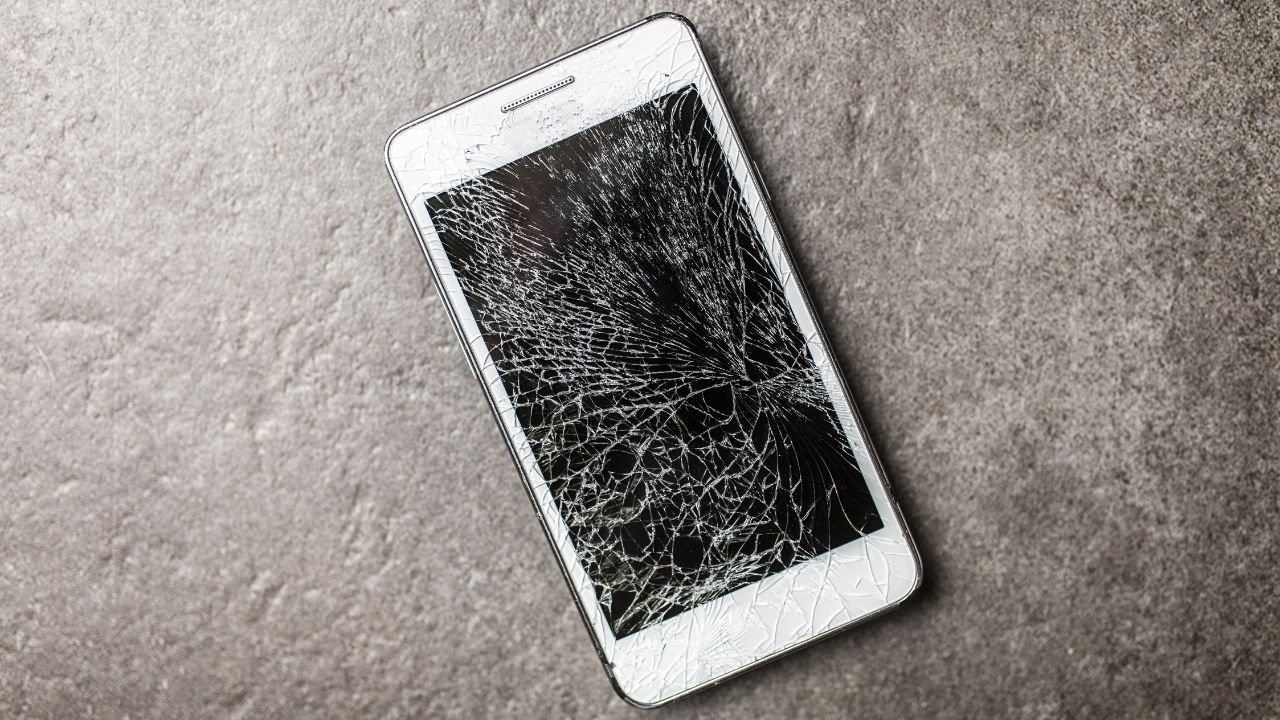Summary
Smartphones have become indispensable companions in our daily lives, handling everything from personal communication to professional tasks and recreational use. With so much of our information accessible through the screen, it becomes the most exposed and vulnerable part of our device. From small bumps to deep scratches, or even a sudden drop, damage to your phone’s screen is easier than you think.
This blog explains why screens crack and gives practical phone screen protection tips. We’ll walk through various types of screen protectors, including toughened glass for mobiles, hydrogel films, and invisible liquid films. You’ll also learn daily habits and drop protection measures that help you prevent screen cracks. With these simple changes, you can keep your phone in top shape, protect your investment, and avoid costly repairs.
Table of Contents
Why Phone Screens Crack (And Why It Happens More Often Than You Think)
Let’s be honest—we’ve all had that heart-dropping moment when a phone slips from our hand.
Even a short fall can crack your screen if it lands at the wrong angle. But drops aren’t the only culprit.
Here are the most common reasons screens get damaged:
- No screen protector: The glass is directly exposed to surfaces like tables, pockets, or floors.
- Using the phone in bed: Accidental falls from a bed or sofa can do surprising damage.
- Carrying phones with other items: Keys and coins are common scratch-makers.
- Extreme temperatures: Leaving your phone in a hot car or out in the cold can weaken the screen over time.
You might not notice the damage right away. But a small chip can grow into a deep crack just from daily use.
Why Protecting Your Phone Screen Is Essential
The screen isn’t just for looks—it’s the main interface for everything. Whether you use a Huawei, iPhone, or Samsung Galaxy, a cracked or scratched screen not only ruins your phone’s appearance but can also impair functionality.
Here’s what proper protection helps with:
- Maintains screen sensitivity
- Keeps resale value high
- Avoids costly replacements
- Extends the life of your phone
If you’ve ever used a cracked screen, you know how frustrating it can be to type or swipe properly. That’s why daily protection is not just a recommendation—it’s a necessity.
The Different Types of Screen Protectors
Choosing the right screen protector can make a huge difference. Each type has its pros and cons, so here’s what you should know:
1. Tempered Glass Screen Protectors
The most commonly used and widely recommended. It offers:
- Robust protection against drops
- Excellent clarity and touchscreen sensitivity
- Easy application
Perfect for those who are clumsy or work in environments with risk of impact. An iPhone XR or Samsung Galaxy S24 with tempered glass is much more secure than a naked device.
2. Hydrogel Screen Protectors
A newer option in the market.
- Made from flexible material
- Offers better impact resistance and self-heals minor scratches
- Thin and nearly invisible
These are ideal for curved screens and offer decent protection while keeping a minimal look.
3. Liquid Screen Protectors
Also called invisible protectors, these use nanotechnology-based liquid that bonds with the screen.
- Creates a protective barrier
- Completely invisible to the naked eye
- Good for people who dislike traditional films
While they don’t offer drop protection, they do improve scratch resistance and are suitable for users who want a natural appearance.
What is Good for Protecting the Cell Phone Screen?
It’s not just about the screen protector. Your habits matter too. Here are practical phone screen protection tips to follow every day:
- Use a Protective Case with raised edges. It helps when your phone hits the ground by absorbing impact before it reaches the screen.
- Keep your phone in a separate pocket or bag compartment to avoid contact with sharp objects like keys and coins.
- Clean your screen regularly using a soft microfiber cloth to remove dust that can cause micro-scratches.
- Avoid extreme environments like direct sunlight, cold cars in winter, or very humid places.
- Never place your phone screen-down on rough surfaces.
These are simple things that most people overlook, but they make a big difference in keeping your device in perfect condition.
What is the Name of the Screen Protector That Doesn’t Reveal Itself?
If you’re someone who hates visible protectors, there’s a lesser-known yet effective solution—liquid screen protectors.
This invisible film is applied directly on the screen, forming a transparent barrier. It’s:
- Invisible to the naked eye
- Built for scratch resistance
- Great for maintaining a phone’s natural appearance
While it doesn’t replace the impact protection of toughened glass for mobiles, it’s still a valid choice for users who want discretion without compromising safety.
Final Thoughts
As someone who has worked with hundreds of cracked phones at iRepair Mobiles Southend On Sea, I can tell you this—screen repairs are expensive, and most could’ve been avoided.
You don’t need to wrap your phone in bubble wrap. Just be smart about how you use it.
Choose the right screen protector, use a strong case, and follow good phone habits. Whether it’s an Android or an iPhone, using drop protection and investing in toughened glass for mobiles or hydrogel films will go a long way.
If you’re unsure what protection is best for your device, visit us at iRepair Mobiles Southend On Sea—we’ll help you pick the best option and even install it for you.
Need Help?
Visit us at iRepair Mobiles Southend On Sea for expert screen protection solutions, repairs, or advice on the best phone screen protection tips for your lifestyle.



